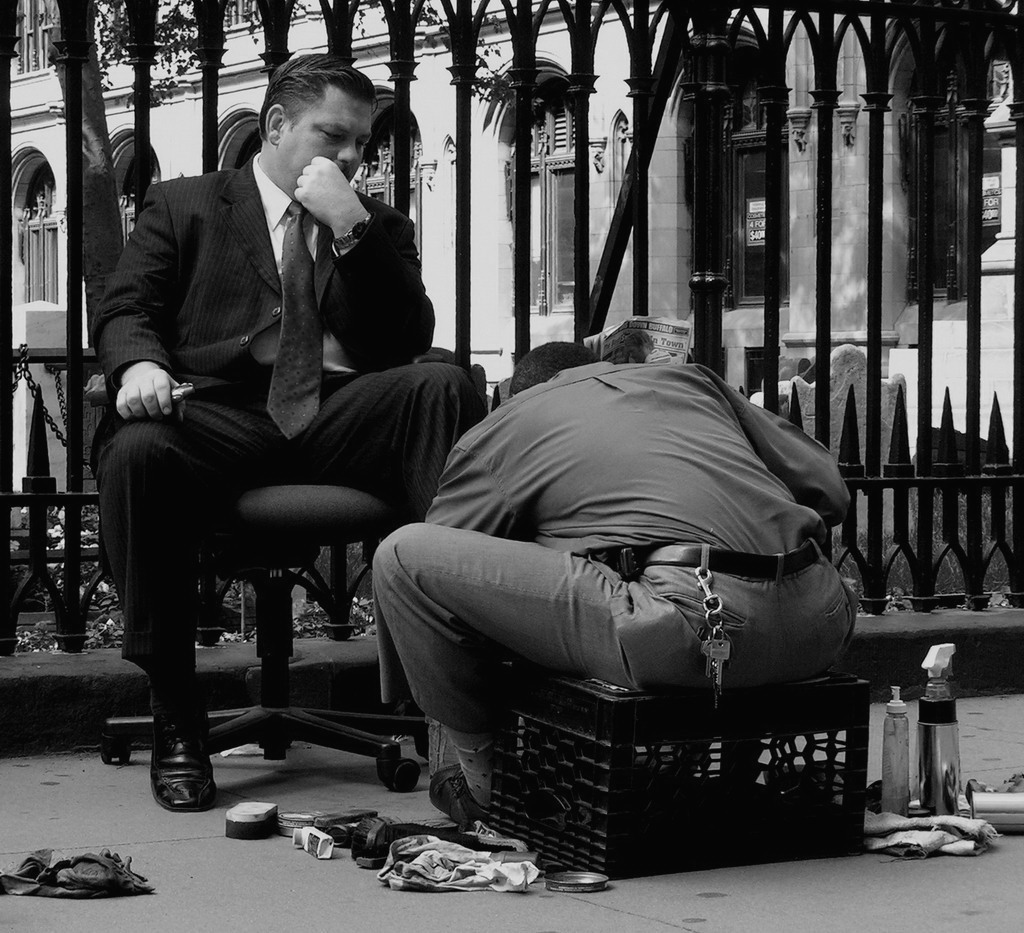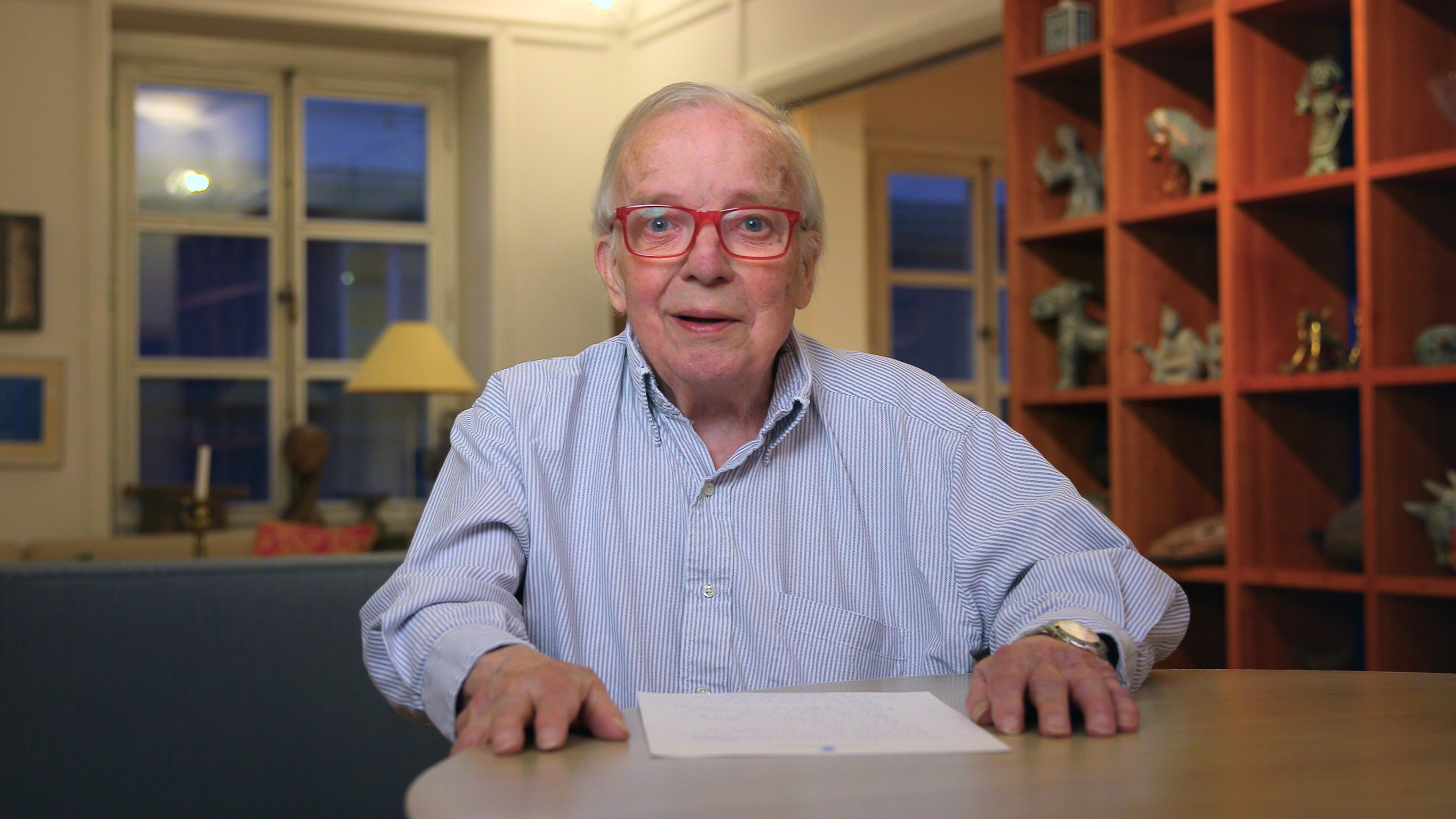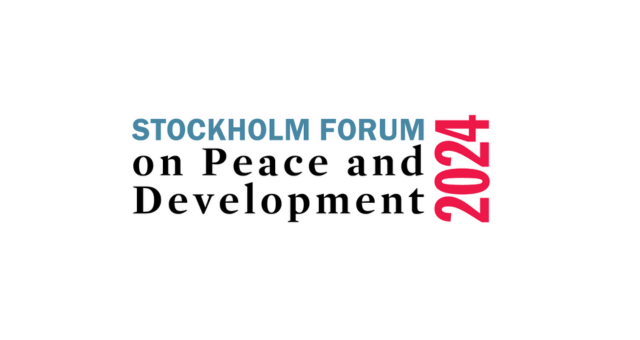What can stop backsliding? Let’s start with the economy

Just exactly what kind of problem is ‘democratic backsliding? Is it a truly global phenomenon, and what is causing it? Where does correlation end and causation begin? In a recent working paper, Tom Carothers and Benjamin Press of the Carnegie Endowment for International Peace ask the right questions, and settle on the vital role of ‘countervailing institutions’ – the checks and balances, governmental and nongovernmental, that place democratic constraints on government power – in preventing or reversing backsliding. But by downplaying the destabilizing role of modern global financialization, they provide a set of remedies which might be too limited to stop ongoing rollbacks of democracy.
Carothers and Press convincingly dispatch a number of common explanations – Russian and Chinese influence, technological determinism, populism, and polarization – before settling on “the distinct motivations and mechanisms of the leader-driven antidemocratic political projects” as the most promising area of focus. In doing so, they elide half of the backsliding equation: Antidemocratic leaders may provide the ‘supply’ for the phenomenon, but what about the ‘demand’—the domestic political coalitions that provide them with support?
A focus on the ‘demand’ side of the equation raises the question of why the world has seen so many cases of democratic backsliding since 2005 – 27 by Carothers and Press’ count. Although recent empirical research concurs the problem is far from global, it is, for lack of a better term, global and novel enough that focusing responsive policies on strictly domestic drivers, as Carothers and Press do, may be leaving the most effective and universal tools off the table entirely.
A thread leading to a more globalized understanding can be found when the authors address what is commonly called the political economy explanation for backsliding: that global forces like financialization, the global financial crisis, and the economic rise of China explain the domestic disruptions that fuel backsliding. After examining changes in GDP growth and Gini coefficients (a common statistical measure of inequality in income in a country), Carothers and Press abandon this approach, unable to locate a single common correlation between backsliding and slow economic growth or inequality.
But to search for a single causal variable is to lose the forest for the trees, and a broader look at more robust available economic data on inequality suggests a very different story. First, due to data collection and statistical issues, Gini is an unreliable and often misleading measure of inequality in the middle-income countries where democratic backsliding is happening. Brazil’s rapidly declining Gini coefficient is not reflected in any noticeable decline in the country’s vast wealth and income inequality in the barrage of statistics at the World Inequality Database, which also show Serbian wealth and income inequality to have measurably increased when its coefficient declined.
For its part, GDP growth says nothing about the social benefit of that economic activity or its distributional effects. Although Carothers and Press correctly note that the rise of Law and Justice in Poland was proceeded by strong GDP growth, it was also a time of rapidly expanding wealth and income inequality; and it is areas that have gained little from growth and European integration where the party has built its voter base.
But looking for a specific set of national macroeconomic statistics to explain democratic backsliding is overly simplistic. The story of persistently high or rapidly growing inequality is one of social dislocation and a renewed battle for status, resources, and power as political coalitions , and the inequality-fueled demand for antidemocratic politics does not necessarily come from disadvantaged groups alone. Jair Bolsonaro’s political movement in Brazil was famously powered by a relatively well-off constituency, and shifting white-working class voters were only part of Donald Trumps’s political base. The antidemocratic wing of American politics is also dependent on a cross-class coalition of economic elites openly sceptical of democracy and middle class voters who understand rising American inequality primarily in terms of their own downward social mobility. As sociologist Melinda Cooper argued,
The Trump diehards who cut their teeth in the Tea Party were not wage workers, nor even misclassified independent contractors, but small businesspeople concentrated in the blue-collar residential construction sector and its white-collar satellite professions of homeware retail, real-estate services, mortgage brokerage, and accounting. It was the meteoric rise and fall of the small business sector—not the long saga of deindustrialization—that gave birth to the current cycle of far-right populism.
But why is this happening now? The reasons for the timing of the recent wave of backsliding become clearer when we step away from analysing socioeconomic drivers as strictly domestic phenomena. Modern economies are broadly interdependent, and distributional and political decisions in the core players have deep and serious economic and political repercussions around the world, such as how upward redistribution of wealth in pre-financial crisis Germany fuelled dangerous credit bubbles in southern Europe. From a less strictly economic perspective, there is significant research supporting the thesis that the avowedly democratizing processes of European Union integration have contributed to democratic declines in nearly every country that joined the bloc since 2000.
In a new paper building on years of theoretical and empirical work, Yannis Dafermos, Daniela Gabor and Jo Michell show the recent wave of democratic backsliding coincides with the breakdown of the legal and political ‘thwarting mechanisms’ established to protect against financial instability in the 1970s and 1980s. Drawing on the work of the Hyman Minsky, the authors provide theoretical and econometric arguments to describe the last twenty years as a period of the failure of old thwarting mechanisms – in short, the Global Financial Crisis – followed by the contested creation of ‘new institutional structures … influenced by political and ideological conflicts’.
As the terminology suggests, the ending ‘crisis’ phase of a supercycle is intrinsically a socially disruptive process, dislocating communities, reordering supply chains, and upending previously durable political coalitions. Whereas Carothers and Press provide a compelling account of the supply side of democratic backsliding, the work of Dafermos et al. illuminates the process of the creation of demand. But with the end of one cycle comes the beginning of another, and the opportunity to create institutional structures more hospitable to democracy.
For policymakers, an understanding of this international demand-side driver of democratic backsliding can complement the supply-side, leader- and movement-focused diplomatic approaches. Focusing solely on antidemocratic leaders and movements can result in suboptimal results like mainstream parties marginalizing an antidemocratic threat by integrating parts of its political program, or devolve into a game of ‘whack-a-mole’, with one movement simply giving way to another.
Carothers and Press are correct to argue that ‘Western democracies were slow to realize [backsliding] was happening and to take steps to oppose it firmly’. But Western democracies must also come to terms with where their own internal dynamics and foreign policy contribute to democracy-damaging instability outside their borders. A good place to start would be asking how pro-democracy actors can help to expand the domestic policy space in weaker democracies and developing countries, giving democracies more ‘room to deliver’. With external debt service now greater than public health expenditures among lower and middle income countries, and states from El Salvador to Ukraine to Pakistan on the verge of default, there may not be much time to waste.



